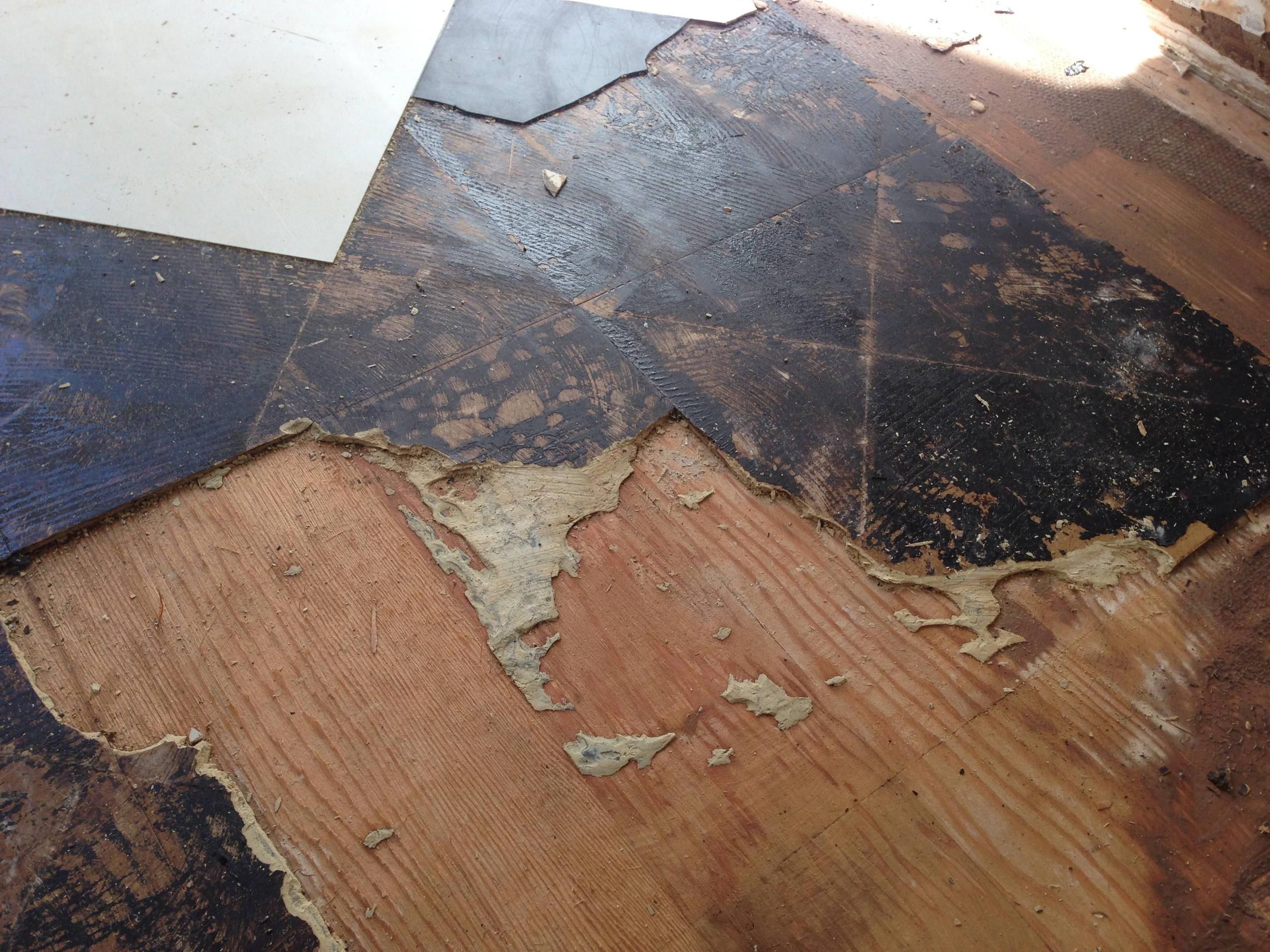Removing Tar Adhesive From Wood Floor
The adhesive may emulsify in the presence of hot water.
Removing tar adhesive from wood floor. First the tile itself is taken up either cut pried or chiseled from the floor. After removing as much of the tar paper or felt as you can with a scraper sand the rest off using a drum type floor sander available at tool rental stores starting with coarse 40 grit sandpaper. The dry ice will harden and then crack the adhesive. Tar paper is a floor underlayment that was used throughout much of the 20th century.
Place the tray directly on top of the adhesive and allow it to sit for 1 minute. Once all the residue has been removed go over the floor several more times with successively finer grits of sandpaper 80 grit 100 grit and 120 grit to further smooth the floors and. The old linoleum and adhesive paper can be removed from your wood floors however provided you take the time to get it all up. Removing the black tar is a time consuming process but can be done properly with a strong solvent and the right.
When tile is removed it is frequently a two part process. Be aware that any solvent you may use in your attempt to soften the adhesive will drive the adhesive deeper into the wood fibers. It can still be found when the floor of such a home is pulled up. Black tar was a popular option for flooring adhesive in homes built prior to the 1970s.
Common in homes built in the 20th century black mastic was used as an adhesive for ceramic tile linoleum and other flooring materials. If it is a hydrocarbon type then the water will have no effect. Often placed under linoleum or other resilient flooring products it was designed to act as a moisture barrier over existing wood or cement floors. 1 cut the linoleum into smaller sections with a utility knife.
This is perhaps the quickest and cleanest method of loosening and removing floor adhesive. When you remove that floor covering to make way for new flooring you may encounter the mastic and wonder whether it is safe to remove the main concern surrounding this question is that black mastic often contains asbestos. Many homeowners find that they have beautiful wood floors hidden.



















